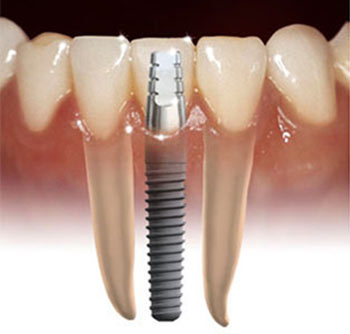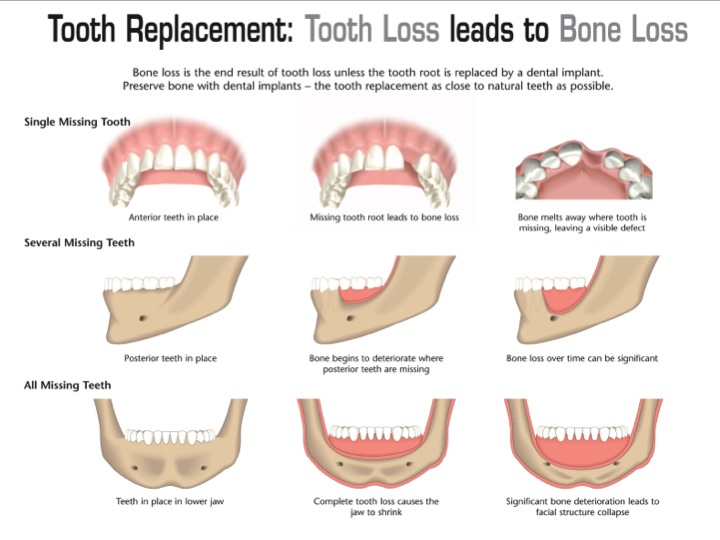10+ Dental Implant Secrets For Natural Look

When it comes to restoring a beautiful, natural-looking smile, dental implants have emerged as a highly favored solution. While their popularity and success rates are well-documented, there are several lesser-known secrets and considerations that can elevate the outcome of dental implant procedures, ensuring they not only function well but also look incredibly natural. Here, we delve into over 10 dental implant secrets for achieving a smile that’s as natural as it is stunning.
1. Customization is Key
One of the most crucial secrets to achieving a natural look with dental implants is customization. Each patient’s facial structure, tooth shape, and smile line are unique. A skilled dentist will take the time to understand and replicate these unique features in the implant design, ensuring the artificial teeth blend seamlessly with the rest of the smile.
2. Material Choice Matters
The material used for the dental implant and its crown can significantly affect the natural appearance of the implant. For instance, zirconia implants offer a highly aesthetic option due to their white color, which more closely resembles natural teeth compared to the traditional titanium implants. Moreover, ceramic crowns can mimic the light reflection properties of natural enamel, contributing to a more lifelike appearance.
3. Implant Positioning for Optimal Aesthetics
The positioning of the implant is a critical factor in achieving a natural look. The implant should be placed in such a way that it supports the lips and facial muscles, contributing to a more youthful and vibrant appearance. Advanced technologies like 3D printing and guided surgery can help in precise placement.
4. Understanding the Golden Proportion
Applying the principles of the golden proportion can elevate the aesthetic results of dental implant placement. This mathematical ratio, approximately equal to 1.618, is believed to possess aesthetic appeal and can be used to determine the width and height of the anterior teeth, ensuring a harmonious and natural-looking smile.
5. Soft Tissue Management
The soft tissue around the implant (gums) plays a significant role in the overall aesthetic outcome. Techniques that enhance the appearance of the gums, such as gum grafting, can create a more natural frame for the implant, mirroring the appearance of surrounding teeth.
6. Digital Smile Design
Utilizing digital smile design (DSD) is a revolutionary approach that combines art and technology to create a personalized smile. By analyzing the patient’s facial aesthetics, the dentist can design and simulate the appearance of the implants and surrounding gums before any actual work is done, ensuring the final result meets or exceeds the patient’s expectations.
7. Minimally Invasive Techniques
Minimally invasive techniques, such as flapless surgery, can reduce healing time and minimize the impact on the gum tissue, leading to a more natural-looking outcome with less discomfort for the patient.
8. Immediate Loading
For suitable candidates, immediate loading (placing a temporary crown on the implant immediately after surgery) can provide an instant aesthetic and functional solution. This approach not only improves the patient’s quality of life by restoring chewing ability and aesthetics sooner but also can help in shaping the soft tissue around the implant for a more natural appearance over time.
9. Bone Grafting and Augmentation
In cases where bone loss has occurred, bone grafting and augmentation procedures can be necessary to create a solid foundation for the implant. These procedures, when done correctly, can support the implant and the surrounding tissue, leading to a more natural appearance and better functional outcomes.
10. Team Approach for Comprehensive Care
A team approach involving general dentists, prosthodontists, periodontists, and oral surgeons can ensure comprehensive care. Each specialist brings their expertise to different aspects of the implant procedure, from planning and surgery to the final restoration, ensuring that every detail, both functional and aesthetic, is meticulously addressed.
11. Maintenance and Follow-Up
Finally, regular maintenance and follow-up care are crucial for the long-term success and natural appearance of dental implants. Regular cleanings, check-ups, and potential adjustments can prevent issues like peri-implantitis and ensure the implants continue to look and feel like natural teeth.
In conclusion, achieving a natural look with dental implants involves a multifaceted approach that considers the patient’s unique anatomy, the latest technological advancements, and a commitment to meticulous planning and execution. By embracing these secrets, patients can enjoy a smile that not only functions perfectly but also radiates natural beauty and confidence.
What are the primary factors that affect the natural appearance of dental implants?
+The primary factors include the customization of the implant to match the patient’s unique dental and facial features, the material used for the implant and crown, and the precise positioning of the implant to support surrounding tissues and maintain facial aesthetics.
How does the choice of material impact the aesthetic outcome of dental implants?
+The choice of material significantly impacts the aesthetic outcome. For instance, zirconia implants and ceramic crowns can offer a more natural appearance due to their color and light reflection properties, which closely mimic those of natural teeth and gums.
What role does soft tissue management play in the aesthetic success of dental implants?
+Soft tissue management, including techniques such as gum grafting, is crucial for creating a natural frame around the implant. It helps in achieving a more harmonious and aesthetically pleasing appearance by mimicking the gingival contours of natural teeth.


